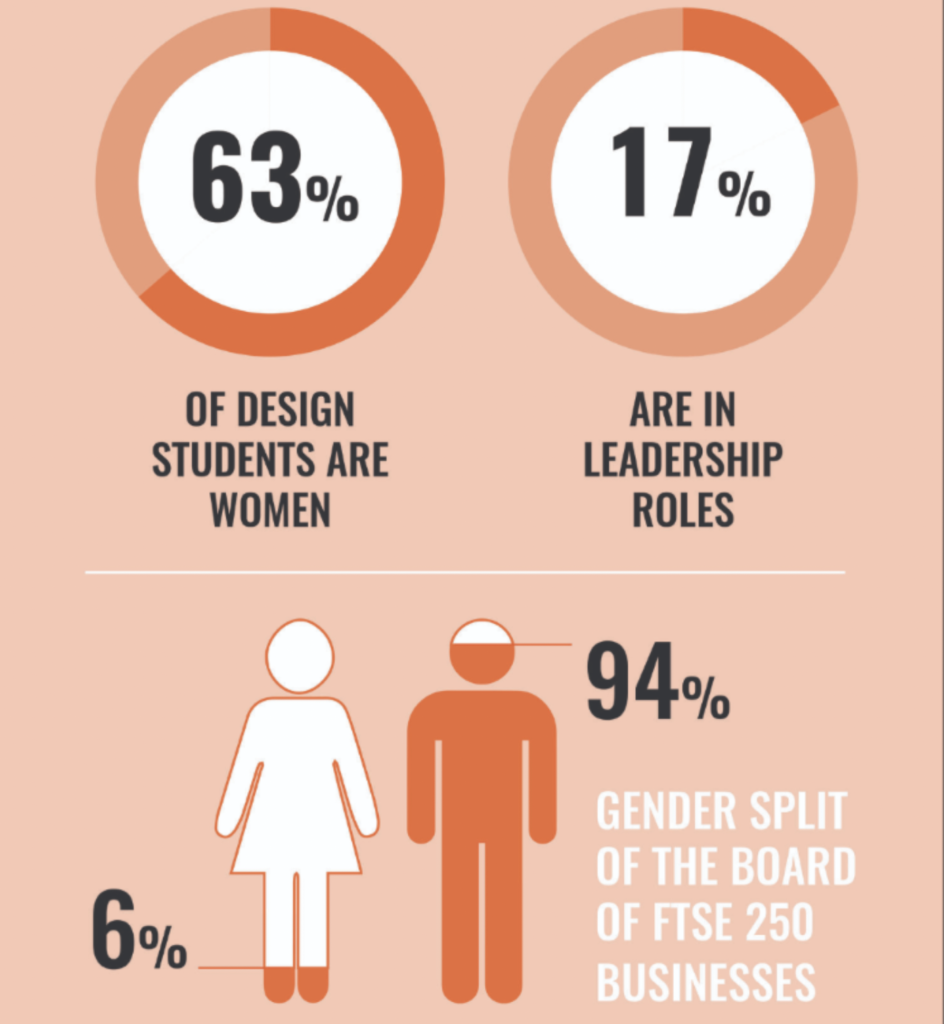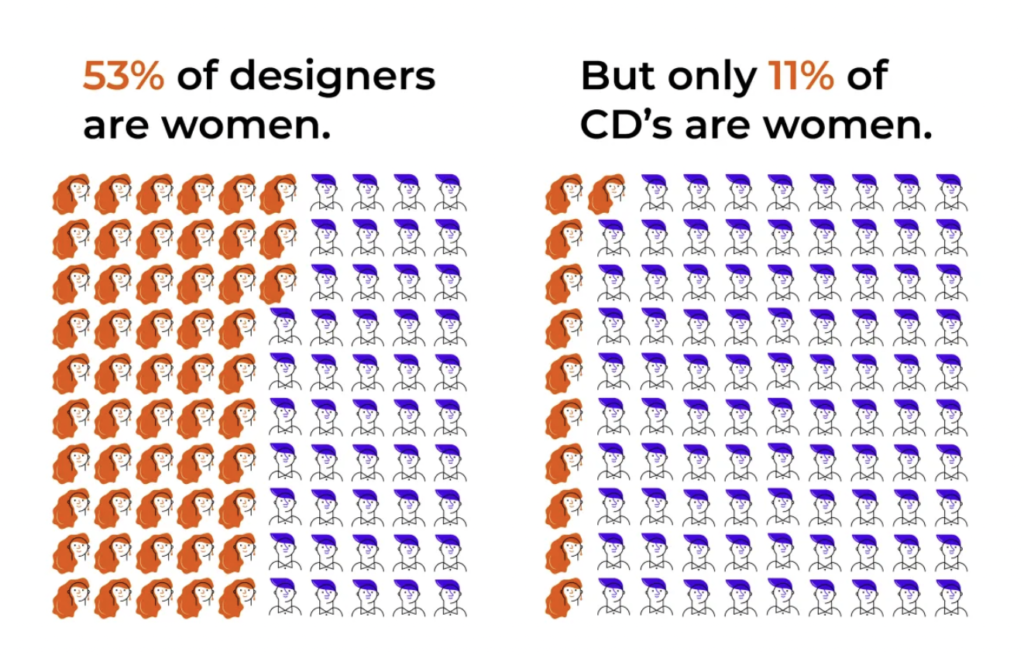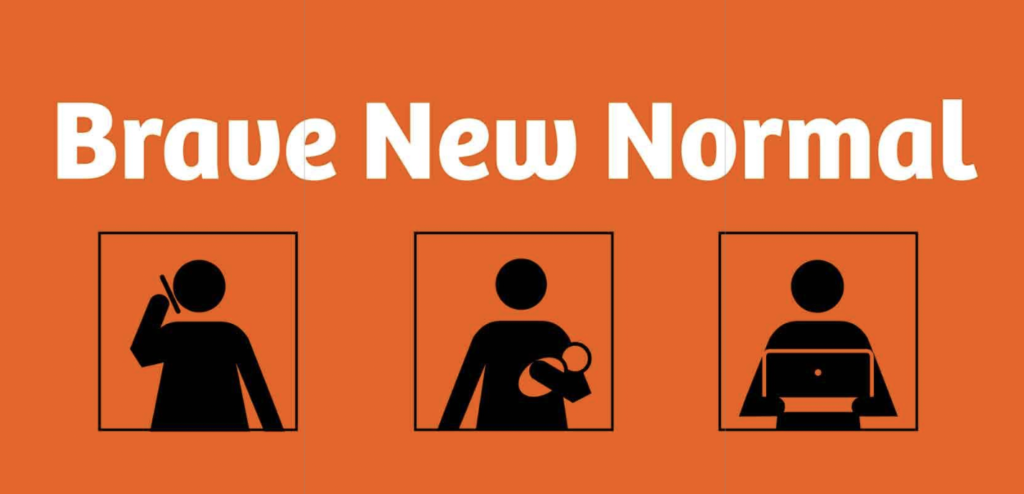Bamford (2023) highlights the divide between men and women within the design industry. The infographic to the right shows the percentage on women who start in the industry as students and then how many go into leadership roles. It is clear that there is a significant decrease. Therefore resulting in unequal roles within the industry.
In the article, Bamford asks researchers about what they think about the topic. They find that one of the main reasons for the significant decease is the pressure for women to stay at home any look after their family. Whereas, the majority of jobs in the industry don’t take this into account and expect the same work ethic. This is very interesting as it shows an issue amongst the industry that needs do be highlighted.
It is clear form this research that the divide is a longstanding issue and there are many factors that are causing this issue within the industry.


Brown (2020) also shows that there is a decrease between women who start in the industry to those who become leaders. Her statistics which are shown on the left highlights a drastic decrease of 42%. Therefore supporting Bamford (2023).
In her article she states that in her research she found that “70% of young female creatives say they have never worked under a female creative director.” (Brown, 2020)
How can I combat the divide ?
The Royal College of Art have suggested a theory called Intergenerational Mentoring. This idea aims to create collective knowledge amongst women in graphic design.
They decided to create a research project called “A Brave New Normal” which was started in 2020 through Covid 19.

They explain that the project aims to “highlight ‘mutual exchange’, ‘reciprocal interactions’ and ‘building relationships’, to share on the production of new, collective knowledge.” (Professor Teal Triggs, 2023). This technique is adopting the idea of community to create a sense of support and gathering collective knowledge to combat the divide between women and men in the design industry. It is clear in the article that both mentor and student feel fulfilled in the project as they are both gaining something form the experience.